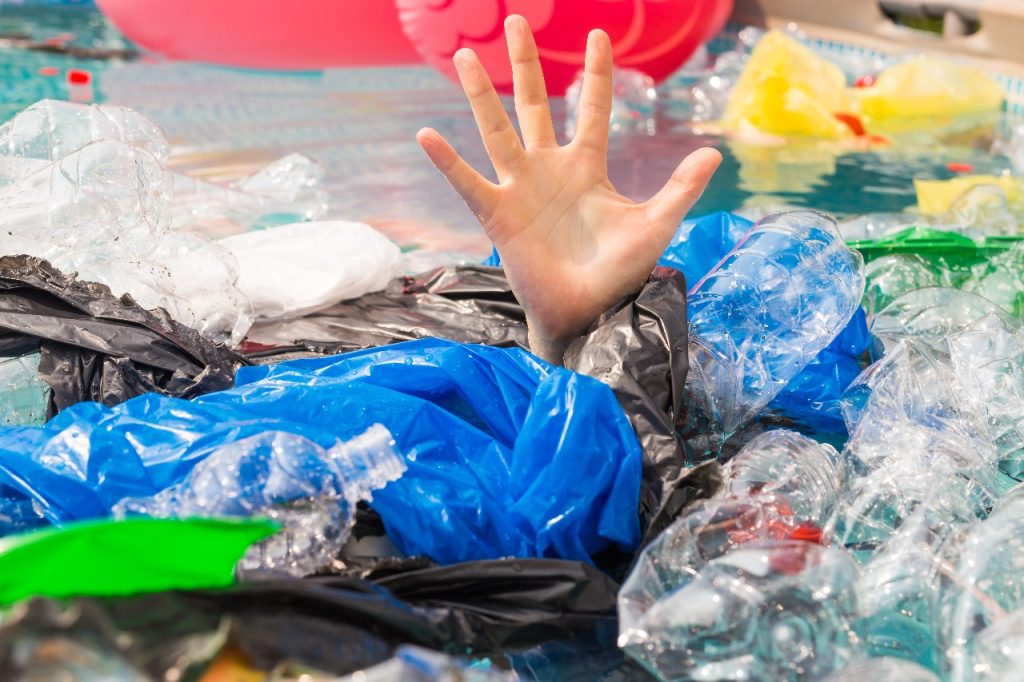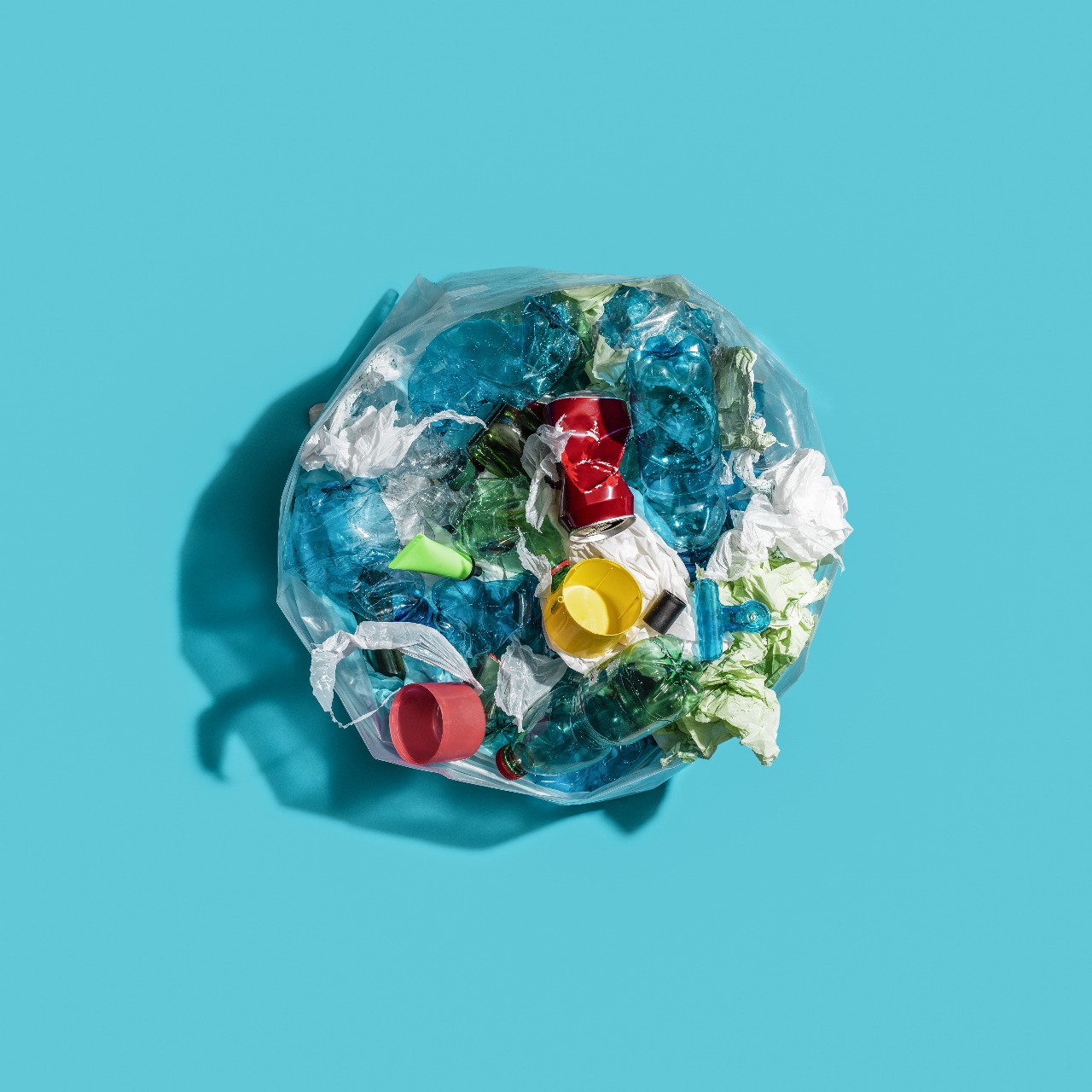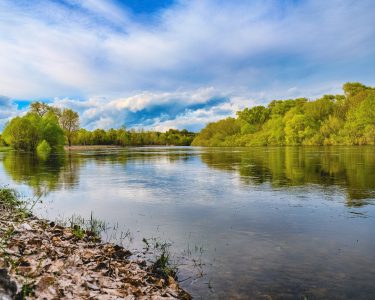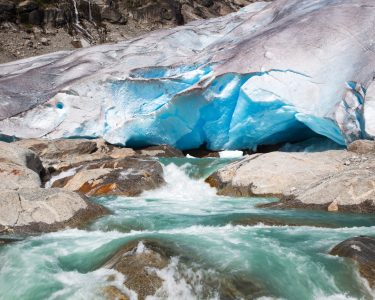Plastic Pollution: Choking Rivers, Oceans, and Our Planet
Plastic Pollution: Choking Rivers, Oceans, and Our Planet
The Scale of the Crisis
Plastic pollution is more than a surface issue—it’s a systemic threat to both aquatic systems and global health. Each year, 19–23 million tonnes of plastic waste leak into lakes, rivers, and seas. That’s the rough equivalent of 2,000 garbage trucks dumped into our waters daily.(UNEP – UN Environment Programme)
Rivers: The Silent Conveyors of Plastic
Rivers act as the primary carriers of land-based plastic waste into oceans. In fact, about 80% of marine plastic pollution originates from just 1,000 rivers globally.(The Ocean Cleanup, Wikipedia)
- Organizations such as The Ocean Cleanup deploy solar-powered “Interceptors” in polluted rivers to trap plastic before it reaches the sea—an approach that is cost-effective compared to downstream ocean cleanups.(The Ocean Cleanup, Wikipedia)
- RiverRecycle, a Finnish tech initiative, tackles plastic by intercepting river waste and turning it into recycled products—combining environmental benefits with economic reuse.(Wikipedia)
Oceans: A Plastic Soup Threat

Once plastic enters the ocean, it’s a different beast:
- Marine wildlife is at extreme risk. Over 100,000 marine mammals—including whales, dolphins, and seals—die annually from plastic ingestion, entanglement, and associated injuries.(Wikipedia)
- Microplastics have even created a new disease called “plasticosis” in seabirds—scarring their digestive tract and impacting digestion and survival.(Wikipedia)
Ecosystem and Economic Losses

Plastic pollution debilitates marine ecosystems—damaging coral reefs, fishing industries, and tourism. The unexpected economic toll is staggering: marine ecosystems typically provide up to $50 trillion in ecosystem services annually, but plastic jeopardizes up to $2.5 trillion of this value.(The Ocean Cleanup)
Solutions: From Source to Sea
- Stemming the Flow in Rivers
- Interceptive Technologies: Scaling up systems like The Ocean Cleanup’s Interceptor to block plastic at its source.(The Ocean Cleanup, Wikipedia)
- Community-Led Recycling Initiatives: Models like RiverRecycle create value from waste while engaging local communities.(Wikipedia)
- Cleaner Production and Waste Systems
- Circular Economy Policies: Enact minimum recycled content mandates, deposit-return schemes, and producer responsibility laws.(The Current, Oceanic Society)
- Infrastructure Investments: Strengthen waste management, recycling systems, and support waste-worker livelihoods.(The Current)
- Raising Awareness and Behaviour Change
- Reduce Single-Use Plastics: Embrace reusable bottles, bags, and refuse unnecessary single-use items.(Oceanic Society, NRDC)
- Community Cleanups: Local beach and river cleanups make immediate local impacts while raising awareness.(Oceanic Society)
- Innovative Biodegradation and Sequestration
- Biological Solutions: Researchers are exploring the use of wax moth larvae to break down polyethylene—a frontier in biological plastic recycling.(WIRED)
- Plastic Sequestration (Ecobricks): Compressing plastic into stable building blocks prevents environmental degradation and provides lasting utility.(Wikipedia)
Policy: The Missing Link—and a Warning from Geneva
Raising plastic production and inadequate policy frameworks are at the heart of the crisis.
The Global Plastics Treaty negotiations in Geneva in August 2025 were expected to deliver a legally binding pact across the plastic lifecycle—from production to disposal. Instead, the talks collapsed, with no consensus reached after 10 days of discussions. Major petro-state nations and the U.S. opposed limits on plastic production, favoring voluntary measures instead.(Reuters, AP News, The Guardian, The Washington Post)
This failure marks a critical setback for multilateralism and highlights how entrenched industrial interests are thwarting effective solutions.(The Guardian)
Conclusion: Turning the Tide
Plastic pollution has become a pervasive threat to rivers, oceans, wildlife, and human health. But solutions do exist—and they lie in:
- Intercepting plastic at its source, especially in rivers;
- Adopting circular economy policies that prioritize reduction, reuse, and responsibility;
- Supporting innovative biological and sequestration technologies;
- Mobilizing consumer behaviour and community action;
- Pressuring governments to adopt meaningful global legislation, especially given the failure at Geneva.
Until production caps and a lifecycle approach are globally enforced, efforts to clean rivers and seas remain a stopgap. The world needs bold policy—like a functioning Global Plastics Treaty—to match the scale of this crisis.



